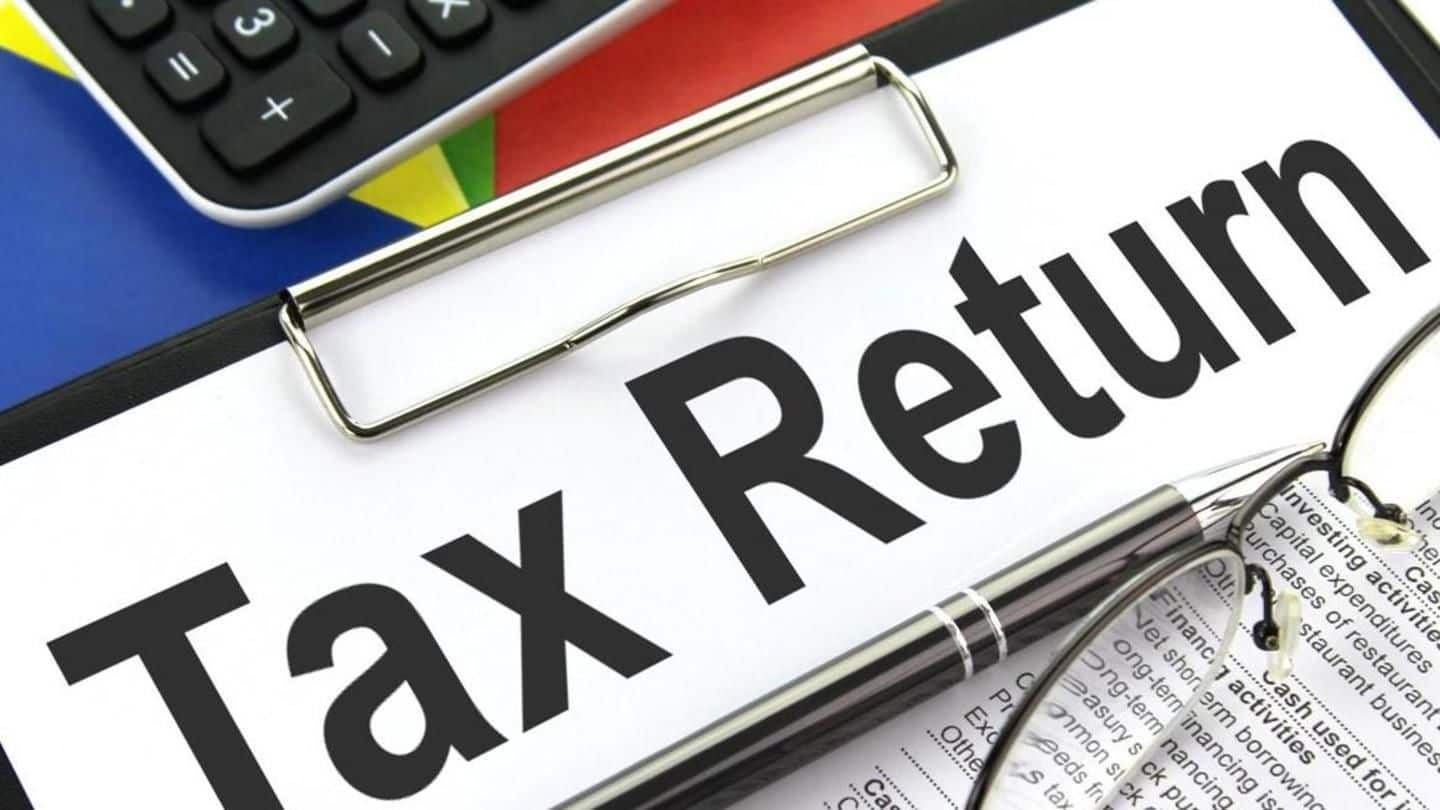
#FinancialBytes: Know which Income Tax Return form you should file
What's the story
Since April 5, 2018, the Income Tax Department has been uploading the Income Tax Return (ITR) forms for the Assessment Year 2018-19 (Financial Year 2017-18). In total there are 7 such forms.
So, out of all these 7 ITR forms, which one should you file?
Read here to know your ITR form.
ITR-1
Income Tax Return Form-1
The ITR-1 Form, called Sahaj, is applicable for individuals who have an income of up to Rs. 50 lakh from salary/pension, own a single housing property and earn an additional income from investments like Fixed Deposits, equity shares, etc.
This form is available both online and offline.
You can also e-file the form here: https://www.incometaxindia.gov.in/forms/income-tax%20rules/2018/itr1_english.pdf
ITR-2
Income Tax Return Form-2
So, now comes the ITR-2 Form. It is meant for individuals and Hindu Undivided Families (HUFs) who earn their incomes from any source except business or profession.
You can use this form only if you neither own any asset in any foreign country nor earn any income from foreign countries.
This form is only available offline for filing purposes.
ITR-3
Income Tax Return Form-3
So, what if you are an individual or a HUF who earns income from a proprietary business or profession? Then, the ITR-3 Form is meant for you.
To be eligible for this form, your source of income may also include income from salary/pension, house property as well as the income from other sources.
Again, this form is only available offline for filing purposes.
ITR-4
Income Tax Return Form-4
Just like ITR-2 Form and ITR-3 Form, the ITR-4 form is also meant for individuals and HUFs.
But the difference is that it requires you to have earned your income from conducting a business or profession under a presumptive income scheme.
But, if the turnover of your business is Rs. 2 crore, then you'll have to file ITR-3.
It's available both online and offline.
ITR-5
Income Tax Return-5 Form
ITR-5 Form is filed by firms, Limited Liability Partnerships (LLPs), Association of Persons (AOPs), Body of Individuals (BOIs), co-operative societies, local authorities and artificial judicial persons.
However, it cannot be used by a taxpayer who is required to file the income tax return using ITR-7 Form (discussed in subsequent cards).
This form is available only offline.
ITR-6
Income Tax Return Form-6
ITR-6 Form can be filed by companies other than the ones which claim exemption under Section 11 of the Income Tax Act, 1961 that deals with the income from property held for charitable or religious purposes.
You can file your income tax return using this form only offline.
ITR-7
Income Tax Return Form-7
ITR-7 Form can be used by persons, including companies, which are required to provide their income tax return under Sections 139(4A) or 139(4B) or 139(4C) or 139(4D) or 139(4E) or 139(4F) of the Income Tax Act, 1961.
This form can only be used offline.
Read on to know what the above-mentioned sections of the Income Tax Act, 1961 cover.
Do you know?
Section 139 of the Income Tax Act, 1961 deals with:
Section 139(4A)- Charitable/religious trusts, Section 139(4B)- political parties, Section 139(4C) and 139(4D)- Entities claiming exception under Section 10, Section 139(4E)- business trusts not required to file return under any other provision of this section and Section 139(4F)- Income from Investment Fund.
Penalty
What if you miss the ITR filing deadline?
Well, if you miss the deadline to file the ITR for the FY 2018-19, i.e Augus 31, 2018, then you will be liable to pay the following penalty:
After due date but before December 31 2018- Rs. 5,000
Post December 31- Rs. 10,000.
Further, if your income does not exceed Rs. 5 lakh, then the maximum penalty is limited to Rs. 1,000.